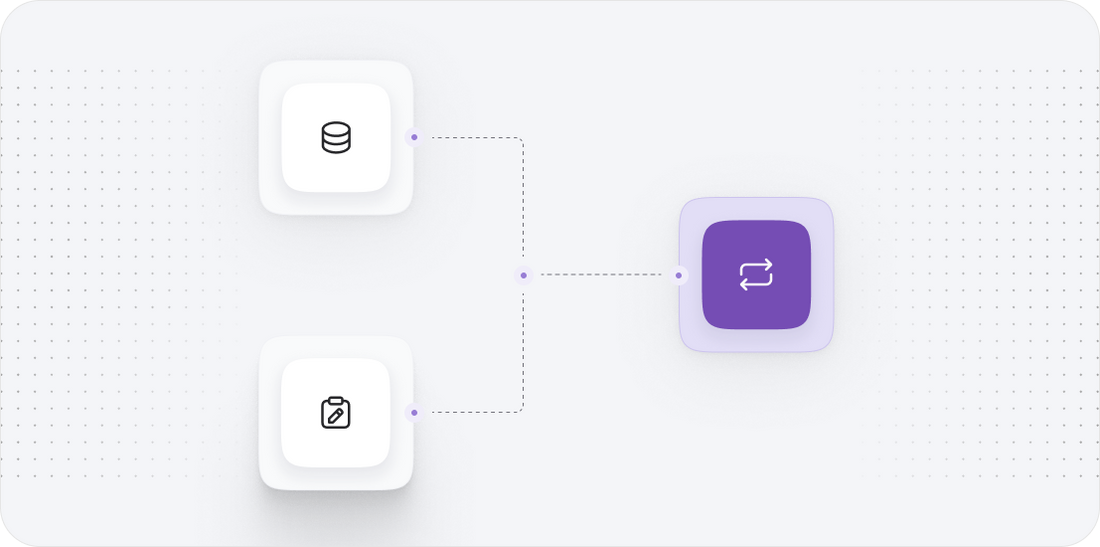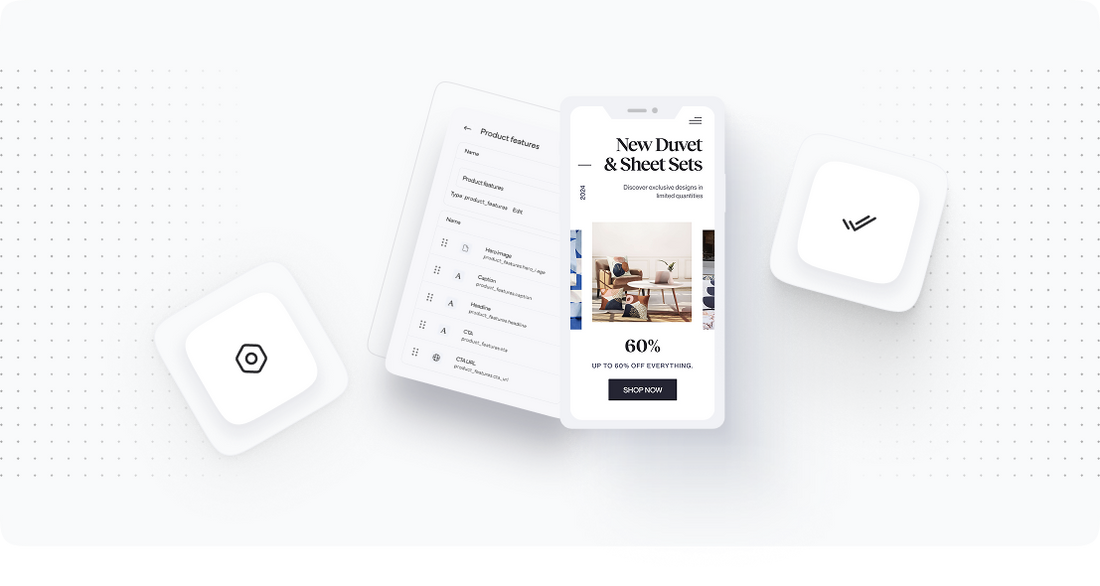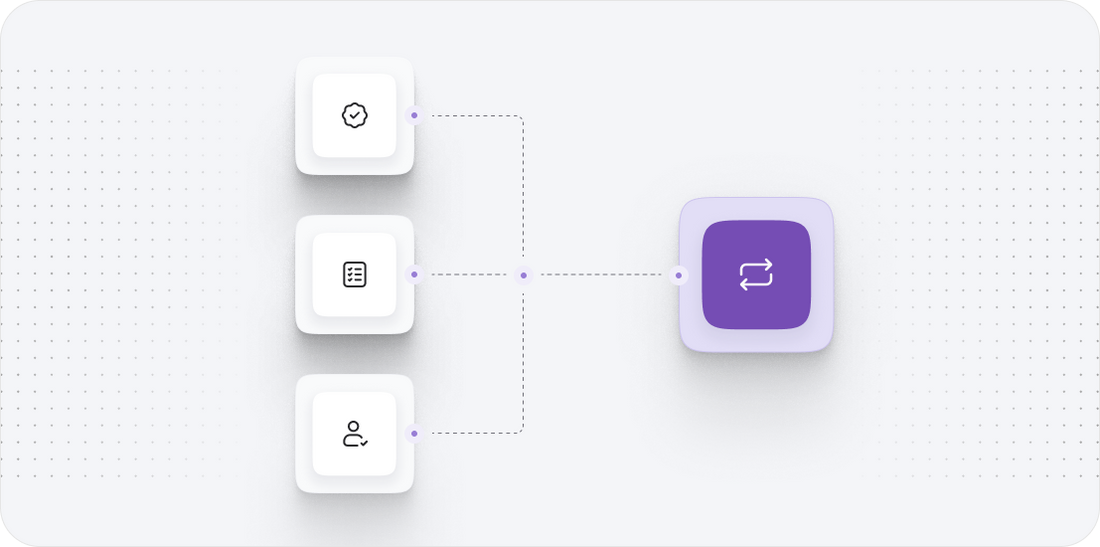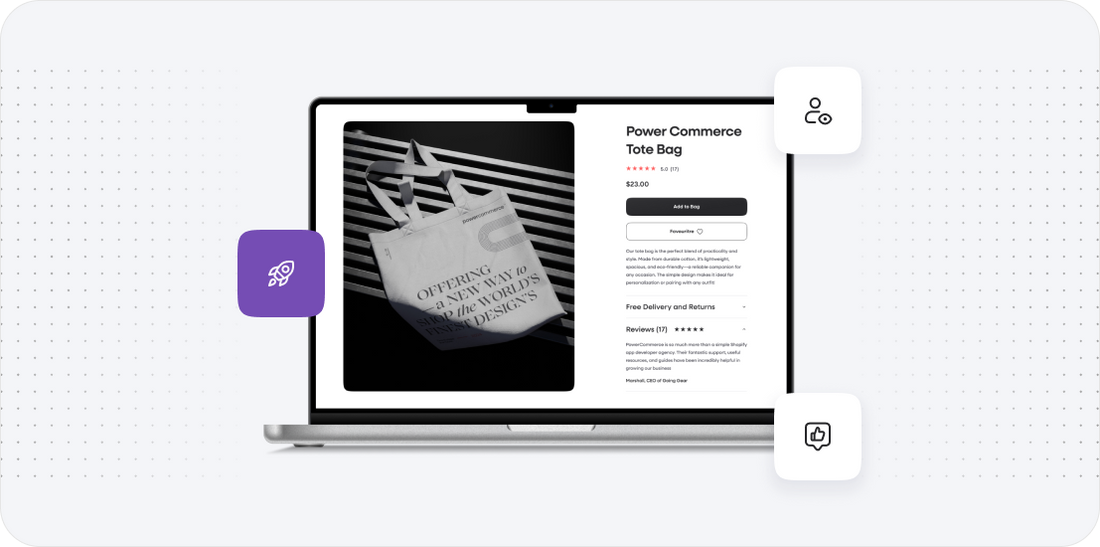





Futureshop to Makeshop
Migrating your store from Futureshop to Makeshop might seem daunting, but with proper planning and the right tools, it's a smooth process. Follow this step-by-step guide to ensure a successful transition.
Schedule a call
FutureShop to MakeShop Migration Guide
Step 1: Preparing for Migration
In this initial step, we focus on assessing your current FutureShop setup and preparing for a smooth transition to MakeShop, ensuring that all necessary data is identified and backed up.
Step 2: Setting Up Your MakeShop Account
This step guides you through the process of creating and configuring your MakeShop account, ensuring that your new store environment is ready for data import.
Step 3: Importing Data from FutureShop to MakeShop
In this step, we detail the process of importing your backed-up data from FutureShop into your new MakeShop account, ensuring that all critical information is accurately transferred.
Step 4: Configuring Store Settings and Customizations
This step focuses on optimizing your MakeShop store settings and applying customizations to create a unique shopping experience for your customers.
Step 5: Testing Your MakeShop Store
Conduct thorough testing of your MakeShop store to identify any issues or areas for improvement before going live.
Step 6: Launching Your MakeShop Store
In this step, we cover the final preparations for launching your MakeShop store and officially transitioning from FutureShop.
Step 7: Post-Launch Optimization and Support
After launching your MakeShop store, focus on ongoing optimization and utilizing available support resources to enhance store performance.
Power Your Step - Get in Touch
Ready to take the next step in your ecommerce journey? Contact PowerCommerce today for expert migration support and guidance.
Step 1: Preparing for Migration
Preparing for migration is crucial for ensuring a seamless transition from FutureShop to MakeShop. This step involves a thorough assessment of your existing FutureShop store to identify all critical data components that need to be transferred. Our goal is to minimize downtime and ensure data integrity throughout the process.
Begin by categorizing the types of data you currently have, such as products, customers, orders, and any custom configurations. This evaluation will serve as the foundation for your migration strategy.
- Data Inventory: Create an inventory of your current data, including:
- Product details (names, descriptions, prices, inventory levels)
- Customer information (names, emails, purchase history)
- Order history (completed orders, pending orders)
- Any custom settings or configurations specific to your FutureShop store
Following the inventory, ensure that you have a reliable backup of your current data. This includes:
- Exporting product data into CSV or Excel format
- Backing up customer information and order history
- Documenting any custom code or integrations that might need to be replicated in MakeShop
This backup will safeguard against any data loss during the migration process. Once you have completed your data inventory and backup, you are ready to proceed to the next step in the migration journey.

Step 2: Setting Up Your MakeShop Account
Setting up your MakeShop account is a straightforward process that lays the groundwork for your new online store. We will guide you through creating your account and configuring essential settings to align with your business needs.
Start by visiting the MakeShop website and completing the registration process. Ensure you select the appropriate plan that matches your business scale and anticipated growth.
- Account Registration: Follow these steps to create your MakeShop account:
- Visit the MakeShop homepage.
- Click on the 'Get Started' or 'Sign Up' button.
- Fill in your business information, including email, business name, and password.
- Initial Configuration: After registration, log in to your MakeShop dashboard:
- Set up your store's basic information, including store name, logo, and contact details.
- Choose your preferred currency and language settings to cater to your target audience.
- Theme Selection: Select a theme that aligns with your brand identity:
- Browse through the available themes in the MakeShop library.
- Preview themes and select one that best fits your aesthetic.
- Payment and Shipping Setup: Configure your payment processors and shipping options:
- Set up the payment gateways that you wish to offer to your customers (e.g., credit cards, PayPal).
- Define shipping rates and methods based on your business model.
With your MakeShop account set up and configured, you are now ready to start importing your data from FutureShop.

Step 3: Importing Data from FutureShop to MakeShop
Importing your data from FutureShop to MakeShop involves several key steps to ensure that all your crucial information is accurately transferred. This phase is critical as it directly impacts the functionality and user experience of your new store.
Begin by navigating to the data import section in your MakeShop dashboard. Depending on the volume of data, this can be done through manual entry or bulk import options.
- Data Preparation: Ensure your data files (CSV, Excel) are formatted correctly for MakeShop:
- Check that product columns match MakeShop's requirements (e.g., title, price, SKU).
- Ensure customer data includes necessary fields such as email, name, and address.
- Bulk Import Process: Use the bulk import tool in MakeShop:
- Navigate to the 'Products' section and look for the import option.
- Upload your prepared CSV files for products, customers, and orders.
- Use the mapping tool if available to ensure data aligns with MakeShop's database structure.
- Manual Entry (if needed): For any data that cannot be bulk imported, such as custom settings:
- Manually copy over essential details that did not transfer during the import.
- Adjust any product details that may need updating after import.
After completing the import, it is vital to verify that all data has been correctly transferred:
- Check that all products are listed and accurate.
- Review customer data for completeness.
- Confirm that order histories are intact.
Once you have verified your data, you can proceed to the next step.

Step 4: Configuring Store Settings and Customizations
Now that your data has been imported, it's time to configure your store settings and make customizations that will enhance the shopping experience for your customers. This phase is crucial for aligning the functionality of your store with your branding and operational needs.
Begin with the following configurations:
- Store Settings: Adjust settings to optimize your store:
- Configure tax settings based on your region and customer base.
- Set up promotional discounts or coupon codes to attract customers.
- Store Design and Customization: Personalize your store's appearance:
- Modify your chosen theme to reflect your brand colors, fonts, and styles.
- Add custom pages such as About Us, Contact, and FAQs to enhance customer trust.
- Navigation Setup: Ensure easy navigation for users:
- Create clear product categories and subcategories for better organization.
- Implement search functionality to help customers find products easily.
Once your settings and customizations are complete, preview your store to check for usability and design alignment. This ensures a coherent shopping experience for your customers.

Step 5: Testing Your MakeShop Store
Before launching your newly migrated MakeShop store, conducting thorough testing is essential to identify and resolve any issues. This step ensures that your customers will have a smooth and enjoyable shopping experience.
Start with the following tests:
- Functionality Testing: Verify that all features work as intended:
- Test the checkout process from product selection to payment.
- Ensure that all links navigate correctly (including navigation menus and footers).
- Data Integrity Testing: Ensure all data has been transferred correctly:
- Review product details such as descriptions, images, and prices.
- Check that customer accounts and order histories are accurate.
- Performance Testing: Assess the performance of your store:
- Test loading times on various devices and browsers.
- Simulate high traffic to evaluate how the store handles multiple users.
After testing, gather feedback from colleagues or trusted users to identify any areas for improvement. Make the necessary adjustments to ensure that your store is fully optimized for launch.

Step 6: Launching Your MakeShop Store
Launching your MakeShop store is an exciting milestone in your ecommerce journey. This step involves finalizing preparations and officially making your store live to the public.
Start by following these essential launch preparations:
- Final Review: Conduct a final review of your store:
- Ensure all products are visible and categorized correctly.
- Double-check your payment gateways and shipping options are functioning.
- Marketing Strategy: Prepare your marketing strategy for launch:
- Plan promotional campaigns to generate buzz (social media, email marketing).
- Consider any launch discounts to incentivize purchases.
- Go Live: Officially launch your store:
- Remove any password protection if previously enabled.
- Announce your launch via social media, email newsletters, and other platforms.
Following these preparations, monitor your store closely after launch to address any immediate issues that arise and ensure a successful start to your new MakeShop ecommerce journey.

Step 7: Post-Launch Optimization and Support
After launching your MakeShop store, it's essential to focus on ongoing optimization and utilizing available support resources to maximize performance. This step ensures that your store continues to grow and adapt to customer needs.
Begin with the following post-launch optimization strategies:
- Performance Monitoring: Regularly check your store's performance:
- Utilize analytics tools to track user behavior, sales data, and traffic sources.
- Identify areas for improvement based on data insights.
- Customer Feedback: Gather and implement customer feedback:
- Encourage customers to leave reviews and suggestions.
- Use feedback to make necessary adjustments to product offerings and user experience.
- Continual Learning: Stay informed about ecommerce trends:
- Regularly check for updates from MakeShop regarding new features or enhancements.
- Engage with the ecommerce community for best practices and insights.
Additionally, make sure to leverage PowerCommerce’s ongoing support services for any challenges that arise post-launch. Our team is here to help you maximize the potential of your new MakeShop store.

Power Your Step - Get in Touch
If you're ready to embark on your migration journey or need expert assistance to ensure a smooth transition from FutureShop to MakeShop, we're here to help! At PowerCommerce, we specialize in providing tailored migration solutions that empower your ecommerce business to thrive.
Our dedicated team is ready to assist you with:
- Comprehensive Migration Support: We guide you through every step of the migration process, ensuring minimal downtime and data integrity.
- Personalized Consultation: Every business is unique; we provide customized strategies to suit your specific needs and goals.
- Ongoing Technical Support: Post-migration, our team remains available to assist with any questions or issues that may arise.
Contact us today to learn more about our services:
- Visit our contact page: Contact PowerCommerce
- Call us at: 800-099-9090
- Email us at: info@powercommerce.com
Let’s power your ecommerce success together!
Stay aligned on what's happening in the commerce world
Trusted by 1000+ innovative companies worldwide
Schedule Your Migration Today
For businesses prioritizing simplicity, scalability, and robust support, Shopify is the clear winner.
Looking to migrate without hassle? Power Commerce can handle the entire process, ensuring smooth data transfer, store setup, and post-launch success.
Marka Marulića 2, Sarajevo, 71000 BiH
00387 60 345 5801
info@powercommerce.com


